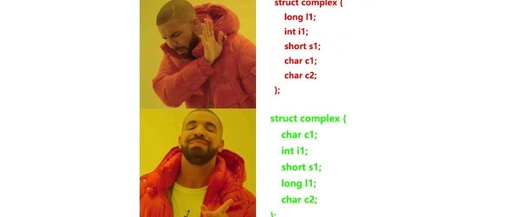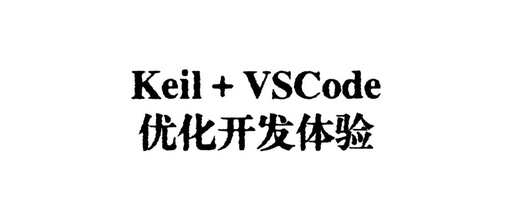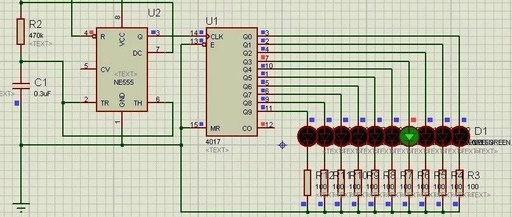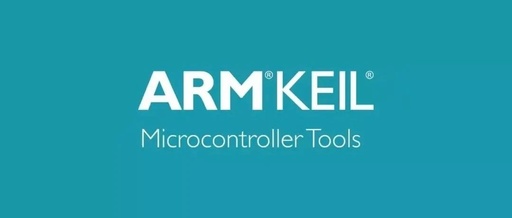Unlocking The Power Of RTOS In C++ Embedded Development
1. What Sparks When C++ Meets Embedded Development? In our daily lives, electronic products come in various forms, from smartphones and smartwatches to electronic control systems in cars and automation equipment on industrial production lines. Embedded systems are truly ubiquitous. They act as the “hidden brain” of these devices, silently controlling everything, often with high … Read more









